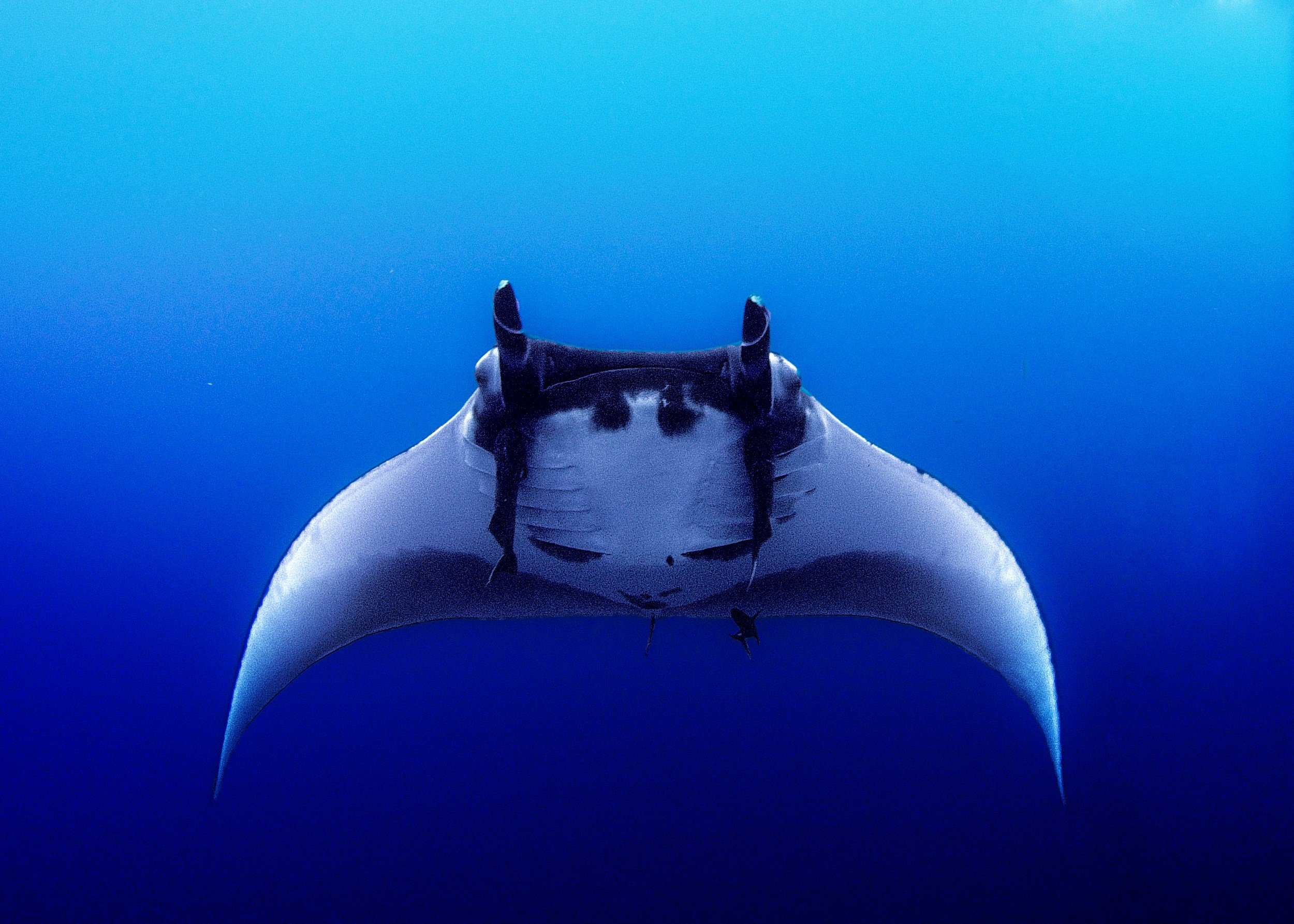
Blue Economy
Every year, the ocean economy has an estimated turnover of between $3 and $6 trillion. It is estimated that fisheries and aquaculture contribute $100 billion per year and about 260 million jobs to the global economy.
Science and awareness play a central role in fostering the much-needed transition of intense ocean utilization to much needed sustainable practices. This balance between increasing ocean uses and marine ecosystems’ integrity require science, technology and innovation (STI) actions on multiple fronts combined with legislature, with new approaches (check Iceland Ocean Cluster).
Building a blue economy also means tackling ocean issues from source to sea, for example by building a circular economy and restoring the ocean’s ability to fight climate change. For over 60 million people who work in the fisheries and aquaculture sectors worldwide, it could be methods for natural adaptation versus heavily engineered gear. In coastal tourism it may mean harnessing the potential of ecotourism to restore ecosystems and involve tourists in conservation initiatives. The rise of ideologically different economic models and diversification of investments across fishing, tourism, energy ad new technologies drive changes in both the short and long term to how workforces and businesses are able to bring value in emerging markets.
Regional Value of the Oceans’
The blue economy in New England, encompassing the coastal states of Maine, New Hampshire, Massachusetts, Rhode Island, and Connecticut, represents a vital segment of the state’s GDP and overall economic framework. Massachusetts maritime economy generates over $6 billion annually, heavily supported by its seafood industry, coastal tourism, and emerging sectors like offshore wind energy. Rhode Island’s blue economy is valued at $2.8 billion with tourism and recreation contributing to over half of it, followed by marine transportation, ship and boat building and living resources such as commercial fishing, aquaculture, and food processing.
Coastal land use in New England is governed by a mix of local, state, and federal regulations for building codes to zoning to environmental protection. The fishing industry, a key sector in states like Maine, Massachusetts, and many regions in New England has seen fluctuations in fishing due to climate change. This affects local communities that are reliant on seafood harvesting and production. Tourism, another economic pillar across the six states, faces disruptions from pollution, beach erosion, and property damage linked to rising sea levels and intensified storms.
Key Attributes
-
Food Production
Fisheries and aquaculture provide livelihoods and nutrition for billions. Sustainable practices are essential to preserve ocean biodiversity and long-term yields.
-
Trade and Transport
Shipping routes and ports are lifelines of global commerce and supply chains. Greener fuels and smarter logistics are key to reducing maritime emissions and congestion.
-
Renewable Energy
Offshore wind, tidal, and wave energy offer clean alternatives to fossil fuels.
The ocean holds vast potential to power coastal regions sustainably and reduce GHGs. -
Culture and Tourism
Coastal heritage, recreation, and ecotourism drive local economies and identity. Climate-resilient, community-led tourism can support conservation and cultural preservation.
-
Bioproducts
Marine organisms are sources of sustainable materials, medicine, and fuel. Biodesign and blue biotechnology open new pathways for circular and regenerative economies.
-
Undersea Data Cables
Submarine cables form the backbone of global digital infrastructure. Secure and resilient networks are vital for communication, trade, and innovation.
-
Minerals and Mining
Deep-sea resources contain metals essential for clean tech and electronics. Responsible governance and research are crucial to balance economic gain and ecological risk.
-
Security and Defense
Naval forces and ocean surveillance can protect or dominate territorial waters and resources. They respond to climate threats, piracy, for maritime peace and stability.
-

Scenarios
Collectively imagining what the future of the oceans might looks like in different contexts.
-

Drivers
Macro-level drivers that create broad-reaching impact, and influence our present and future.
-

Trends
Emerging trends are specific areas of change that hold potential for significant impact.

Let’s Work Together
Join our ocean-tech network.



